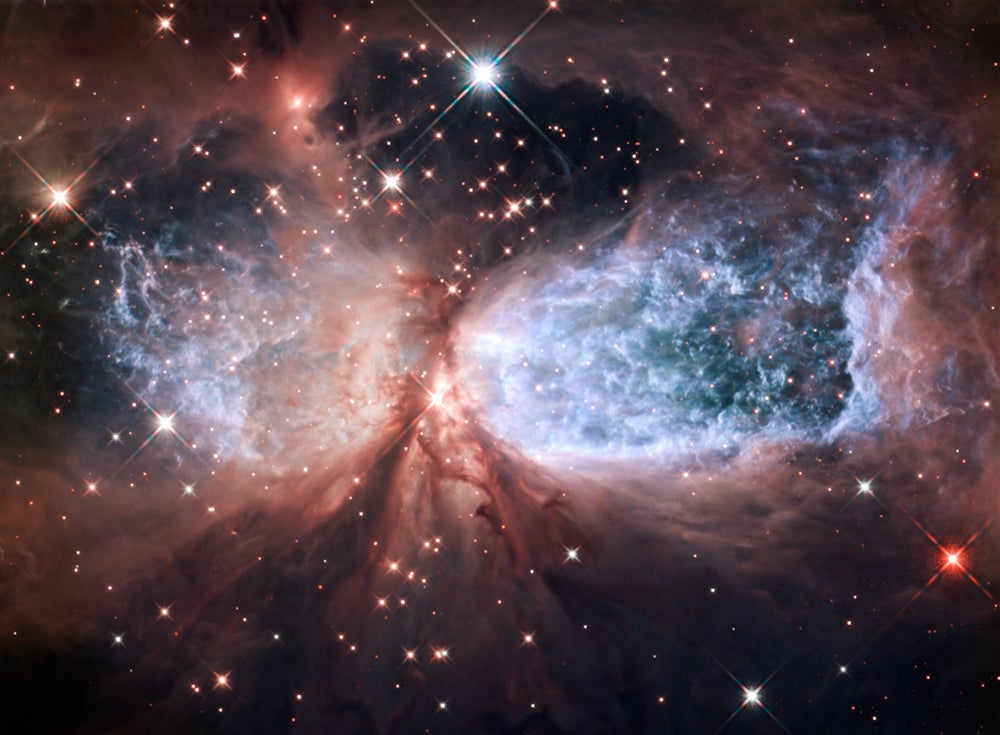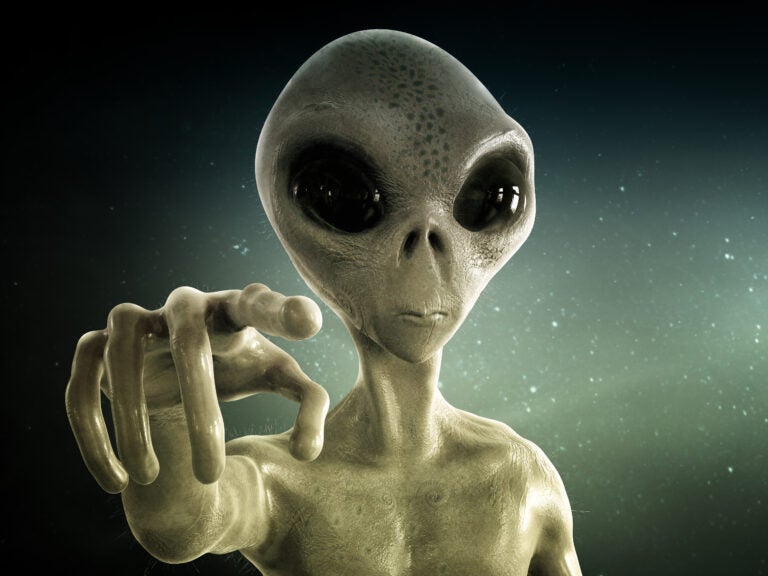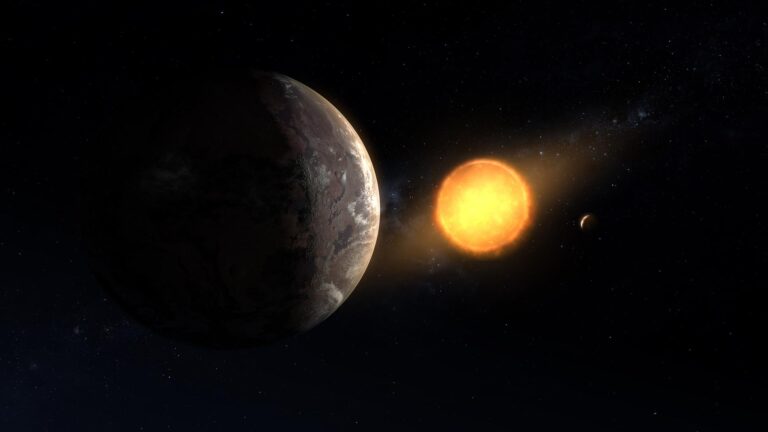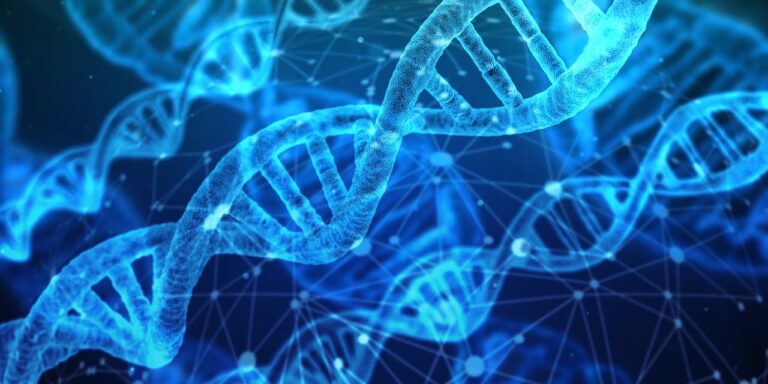
If any of the fundamental constants of nature, like the speed of light or the strength of gravity, were to change just a little bit, then life as we know it would be completely impossible. This realization has led some to argue that our universe is intelligently designed, made especially for us. But a deeper level of analysis into the nature of cosmic probabilities shows that the universe doesn’t have to be designed to favor life.
Universal constants
The current standard models of particle physics and cosmology have 29 constants. These are numbers that we must experimentally measure and plug into our equations to make physics explain everything from the nature of the strong nuclear force inside atoms to the accelerated expansion of the entire universe. These constants include the speed of light, the strength of gravity, and the value of the electron’s electric charge, among many other, more arcane, numbers.
In principle, the universe could have any combination of any of these known parameters. The speed of light could have been faster or slower, for example, or the electron’s electric charge could have been stronger or weaker. Since we currently don’t know where these constants come from and why they have the values that they do, we have no reason to suspect that they have these values for any particular reason.
The vast majority of combinations of these values are simply incompatible with life as we know it. Changing the speed of light or the strength of gravity, for example, would prevent stars from ever forming. And without stars, heavy elements like carbon and oxygen would never appear, and planets like Earth would never form.
Along the shoreline
We can envision the space of all possible combinations and values of fundamental constants as a vast sea, with the range of values compatible with life as an island within that sea. We would expect the combination of values that are most compatible with life to sit at the center of the island, and the “shoreline” of the island to represent combinations of fundamental constants that are barely compatible with life.
Naively, we would expect this island to be incredibly small compared to the total size of the sea, and the center of the island to be even smaller, representing just a tiny pinprick of possible combinations of values that could lead to life as we know it. This seems like an especially unnatural and fine-tuned situation, one where the universe appears to be designed by some divine intelligence for the express purposes of allowing life to appear.
But a recent paper appearing on the preprint journal arXiv points out a flaw in that reasoning. That flaw is based on the nonintuitive nature of probabilities when dealing with large numbers of possible combinations.
When we imagine that sea of possibilities, that’s only a two-dimensional surface, representing all the possible combinations of two of the fundamental constants. For three constants, we would have to imagine an ocean, with length, breadth, and depth, and the range of life-compatible volumes as a ball floating in the middle of that ocean.
The true span of possibilities, however, is a 29-dimensional hyperspace. The range of possible combinations is also a 29-dimensional volume living within that space. And this 29-dimensional volume has some very strange properties, especially at its surface.
The skin of an orange takes up only a small fraction of its total volume – you peel the orange and you’re left with plenty of juicy fruit to enjoy. But through a strange quirk of mathematics known as the concentration-of-measure phenomenon, the “skin” of a four-dimensional orange takes up a larger proportion of its total volume. The skin of a 29-dimensional orange takes up almost all of its volume. If you were to peel a 29-dimensional orange, you would have almost nothing left.
This means that in our vast hyperspace volume of possible combinations of fundamental constants, our island of life-compatible universes is made up of almost entirely shoreline. That shoreline represents the combinations of parameters that are barely compatible with life.
A change in perspective
The end result of this argument is that our universe is not finely tuned for life. In fact, it is barely compatible with life as we know it. And any universe with randomly chosen combinations of fundamental parameters will also almost always be barely compatible. The universe doesn’t have to be special or finely tuned for life to appear. But on the flip side, life is going to be exceedingly rare in almost any generic universe, which might also explain why our cosmos is not apparently brimming with life forms.
In other words, our universe is not all that special. But within our universe, life is.









